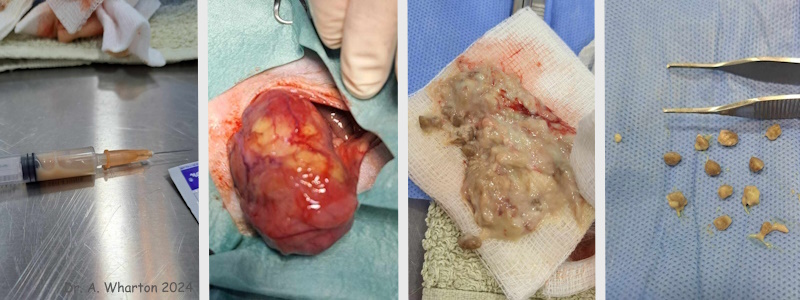Figure 4: Bladder abscess & urolithiasis in 14-month-old intact male rat
Case history, video and photos
History
This 14-month-old intact buck was brought in to his veterinarian for a routine health check. His (experienced) owner had no concerns with him at all. There were no unusual smells, nor blood visible in his urine.
Clinical Signs
The exam was unremarkable, until the abdominal palpation, during which a huge, hard mass was discovered in the mid to caudal abdomen. There appeared to be some fluid content cranially. The caudal aspect was very firm. On further examination it was determined that the mass was his bladder. It contained a few very hard lumps, possibly bladder stones, but the rest of the texture was very confusing.
Diagnosis
The veterinarian discussed with the owner that it could be a mass of some kind, although it looked more like an abscess. A sterile needle aspiration was conducted, which showed frank pus.
Treatment
The owner was informed that prognosis was guarded, but elected to do a cystotomy and flush the bladder out, culture the pus, and start the rat on antibiotics, to give him the best chance of recovery.
An exploratory laparotomy was performed, during which it became clear that the grossly enlarged bladder was basically an abscess. The mucosa was full of micro abscesses as well. The bladder was flushed successfully and closed.
Unfortunately, the rat crashed during abdominal closure and the decision was made not to resuscitate, as it was highly likely that he was septic, and his kidneys were probably in bad shape as well.
Outcome
The owner chose not to have the pus cultured.
The bladder stones were analyzed, as there is a question over whether this particular line is prone to uroliths, but they came back as 100% struvite. So, they could have been either a cause, or an effect, of the infection.
Photos

Row 01: The photograph on the left shows the needle aspiration containing pus. The following photos show the enlarged abscessed bladder and its contents (pus and multiple bladder stones). |
Case history and photos courtesy of Adele Wharton, BVSc, MRCVS, CertGP
Case and photo compilation by Cyzahhe
Case editing courtesy of Karen Grant RN and Cyzahhe


